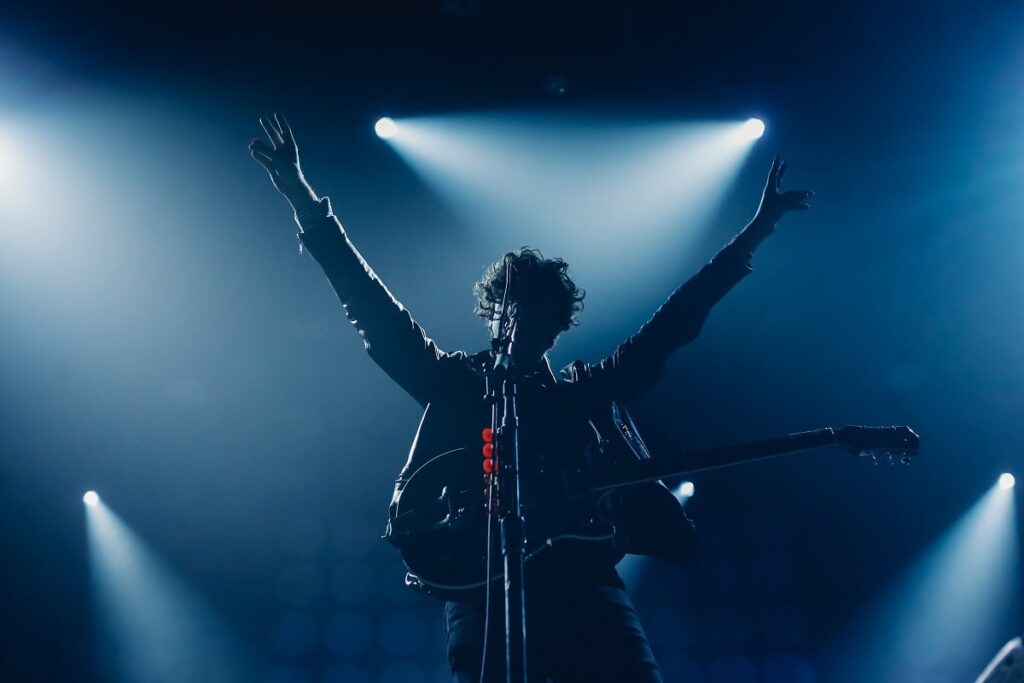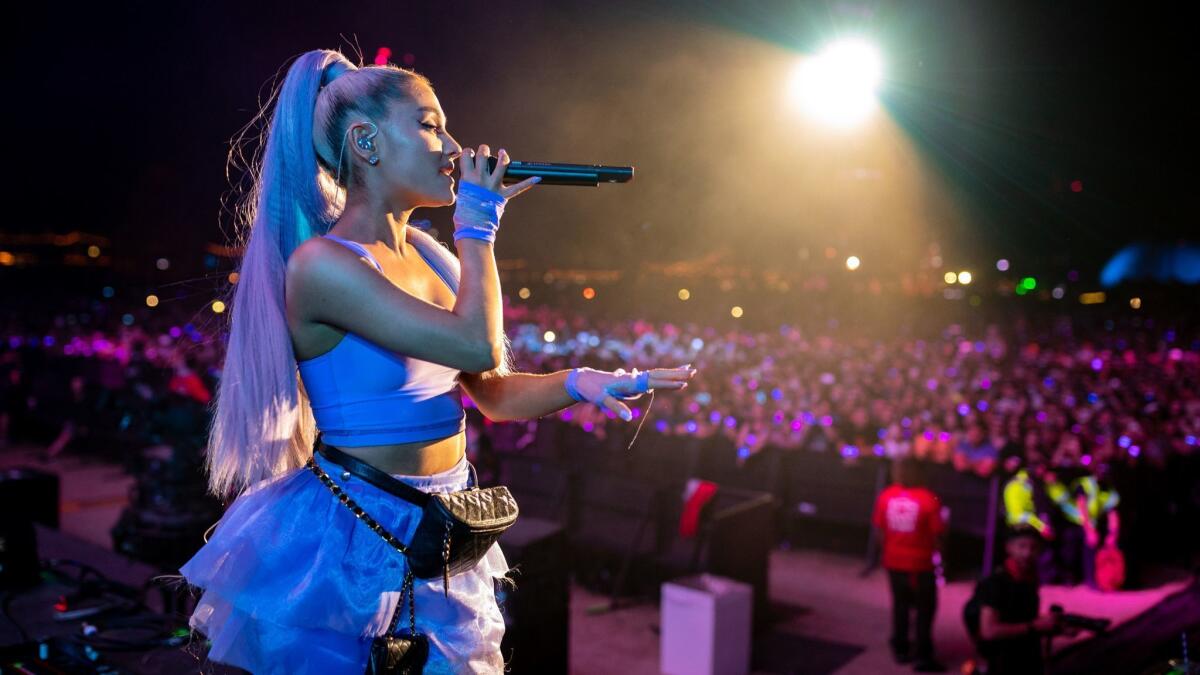The music industry has undergone a seismic shift in the digital age. Gone are the days when songs needed a carefully planned rollout, physical distribution, and radio play to climb the charts. Today, thanks to streaming platforms, viral social media trends, and fan-driven engagement, songs can chart without a traditional release. Unexpected hits emerge from TikTok snippets, live performances, and even old catalog songs that suddenly gain traction. This evolution has disrupted conventional industry strategies, giving independent artists a real shot at mainstream success.
But how exactly does a song make it onto the charts without a conventional launch? What factors drive a track’s success in today’s digital terrain? Let’s explore the new pathways to charting success, showcasing how unconventional releases can dominate the music scene.
1. The Power of TikTok and Viral Trends
Social media, particularly TikTok, has revolutionized how songs gain popularity. A snippet of a song can go viral, generating millions of views and encouraging users to create content around it. This organic momentum often translates into high streaming numbers on platforms like Spotify and Apple Music, propelling a track onto the charts without an official release.
A great example is Lil Nas X’s Old Town Road, which started as a viral TikTok trend before topping the Billboard Hot 100 for a record-breaking 19 weeks. Even unsigned artists have seen success from this phenomenon. The key lies in creating a sound or lyric that resonates with online audiences, leading them to seek out and stream the full track.
2. Streaming and Playlist Curators as Game-Changers
Streaming services like Spotify, Apple Music, and YouTube have democratized music consumption, allowing songs to chart purely based on user engagement. Unlike in the past, when sales and radio play dictated chart positions, streams now hold significant weight.
Curated playlists play a crucial role in this ecosystem. If a song lands on a popular playlist—such as Spotify’s “Viral 50” or “Today’s Top Hits”—it can amass millions of streams, even without an official release strategy. Fans discovering the song can share it, fueling its momentum. This means an artist doesn’t necessarily need a record label or traditional marketing; they just need the right exposure on streaming platforms.

3. The Resurgence of Old Songs Through Pop Culture
In the digital era, even decades-old songs can suddenly chart due to exposure in movies, TV shows, or viral trends. One of the most famous examples is Kate Bush’s Running Up That Hill, which re-entered the charts in 2022 after being featured in Stranger Things. This song, originally released in 1985, topped global streaming charts simply due to its renewed relevance.
Similarly, Fleetwood Mac’s Dreams saw a resurgence when a viral TikTok video featuring a man skateboarding while drinking cranberry juice brought it back into the mainstream. This trend highlights how nostalgia and cultural moments can push older tracks onto the charts without a fresh release, proving that good music has no expiration date.

4. Live Performances and Fan Engagement Strategies
Artists no longer need an official release date to make their songs known. Some tease new music during live performances, allowing fans to record and share snippets online. This can create anticipation and drive streams long before an official release.
A prime example is Kanye West’s Donda album, which gained massive attention through listening events before the actual release. Similarly, artists like Billie Eilish and Olivia Rodrigo have seen fan-recorded performances of unreleased songs trend online, leading to increased demand and chart success once officially released. This approach harnesses audience engagement, proving that in today’s terrain, fans are just as powerful as record labels in determining a song’s fate.


